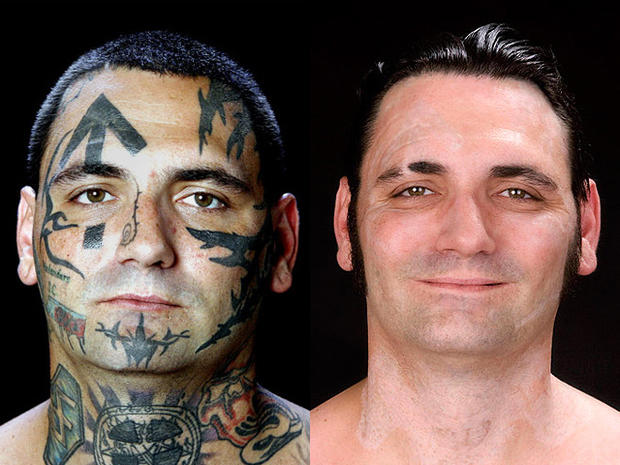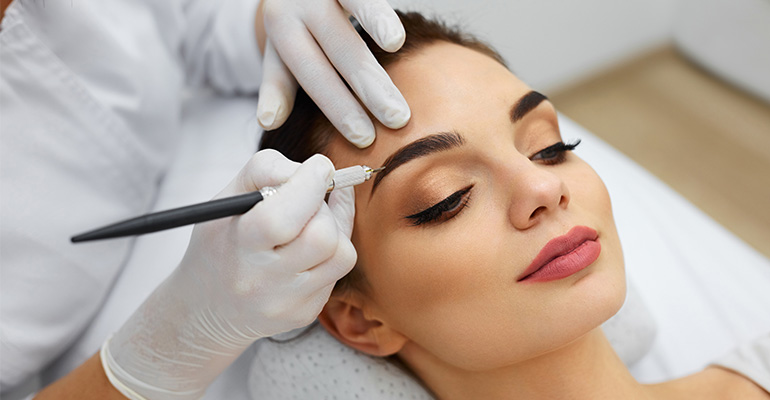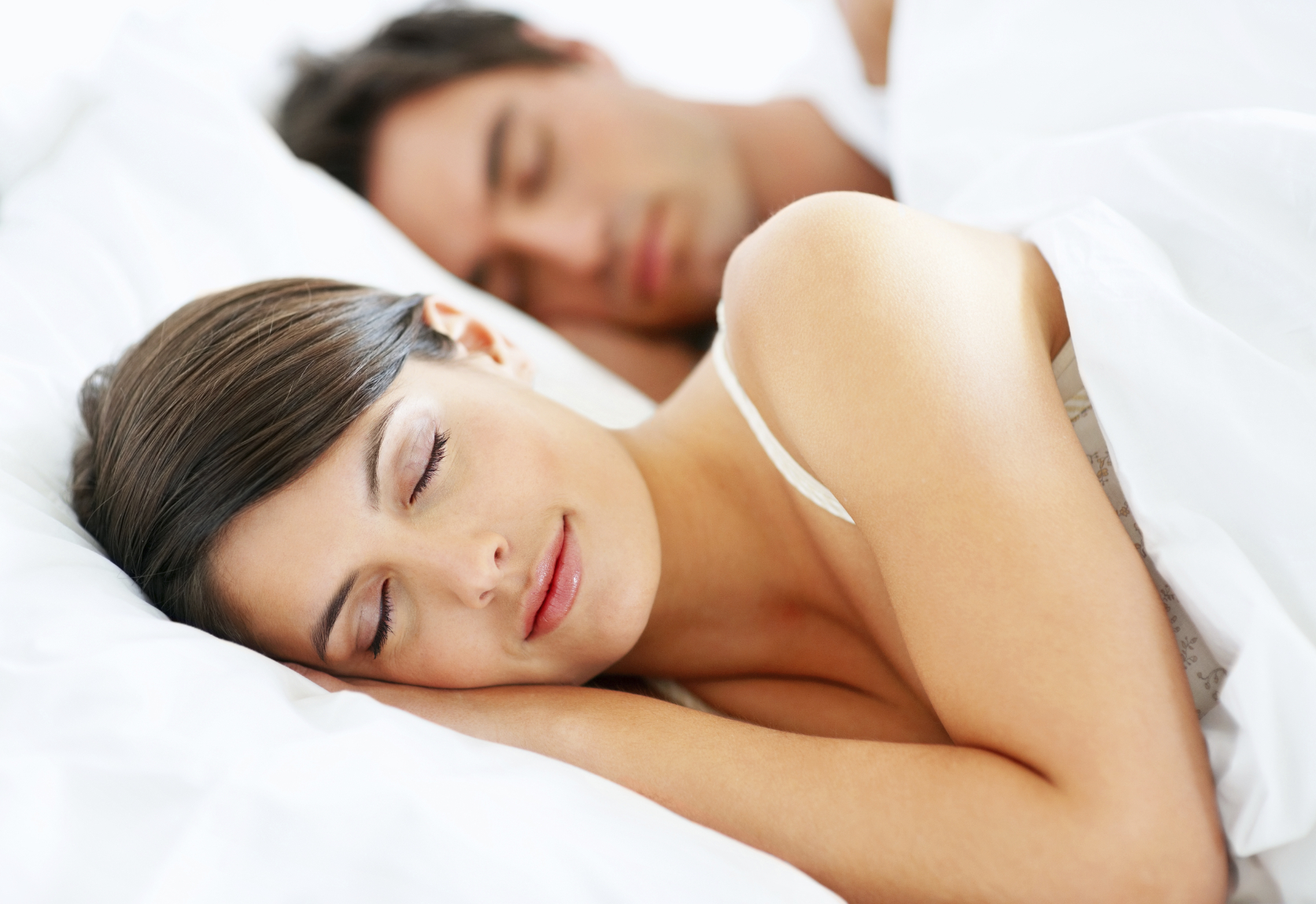Your skin is your body’s largest external organ. It provides a barrier between your body’s essential organs, muscles, tissues, and skeletal system and the outside world. This barrier protects you from bacteria, changing temperatures, and chemical exposure.
Your skin also feels sensation, communicating with your brain what is going on around you. Your skin, in cooperation with your nervous system, is the primary organ for your sense of touch.
Your body couldn’t perform the functions that keep you alive without the protection of your skin.
The three layers of skin
The skin has two main layers, both of which serve a purpose. Beneath the two layers is a layer of subcutaneous fat, which also protects your body and helps you adjust to outside temperatures. Some health conditions start or exist only in certain layers of your skin.
Keep reading to understand more about the layers of the skin and their role in different diagnoses.
Epidermis
The epidermis is the top layer of your skin. It’s the only layer that is visible to the eyes. The epidermis is thicker than you might expect and has five sublayers.
Your epidermis is constantly shedding dead skin cells from the top layer and replacing them with new healthy cells that grow in lower layers. It is also home to your pores, which allow oil and sweat to escape.
There are conditions that start in the epidermis layer of your skin. These conditions can be caused by allergies, irritations, genetics, bacteria, or autoimmune reactions. Some of them are:
seborrheic dermatitis (dandruff)
atopic dermatitis (eczema)
plaque psoriasis
skin fragility syndrome
boils
nevus (birthmark, mole, or “port-wine stain”)
acne
melanoma (skin cancer)
keratosis (harmless skin growths)
epidermoid cysts
pressure ulcers (bedsores)
Dermis
The dermis is thicker than the epidermis and contains all sweat and oil glands, hair follicles, connective tissues, nerve endings, and lymph vessels. While the epidermis covers your body in a visible layer, the dermis is the layer of skin that really enables the function of pathogen protection that your body needs.
Since the dermis contains collagen and elastin, it also helps support the structure of the skin that we see.
Here are some of the conditions that occur in or start in the dermis. Some of these conditions can eventually impact your epidermis:
dermatofibroma (benign skin bumps on the legs)
sebaceous cysts (cysts that contain sebum, an oil your body produces)
dermoid cysts (cysts that contain hair or teeth)
cellulitis (a bacterial infection of the skin)
rhytides (wrinkles)
Subcutis
The layer of skin beneath the dermis is sometimes called the subcutaneous fat, subcutis, or hypodermis layer. This layer provides insulation for your body, keeping you warm. It also provides a cushion that works like a shock absorber surrounding your vital organs.
There are plenty of blood vessels contained in the hypodermis. This is the layer that attaches your skin to the muscles and tissue below it. This layer can be thicker in some parts of your body than others and tends to be determined by genetics.
Unlike visceral fat, which accumulates on your body as a result of metabolism, diet, exercise, and other factors, subcutaneous fat is always underneath your skin and shouldn’t worry you.
One condition that occurs in this layer is called panniculitis. This condition is characterized by inflammation in the layer of fatty tissue under your dermis. In newborn babies, this condition is called “subcutaneous fat necrosis of the newborn.”
Sarcoidosis, a condition that causes lumps to form in your skin tissue, can also impact the hypodermis. If your body has trouble regulating your internal temperature, it could be a sign of Raynaud’s phenomenon and related to your subcutaneous fatty tissue.
























